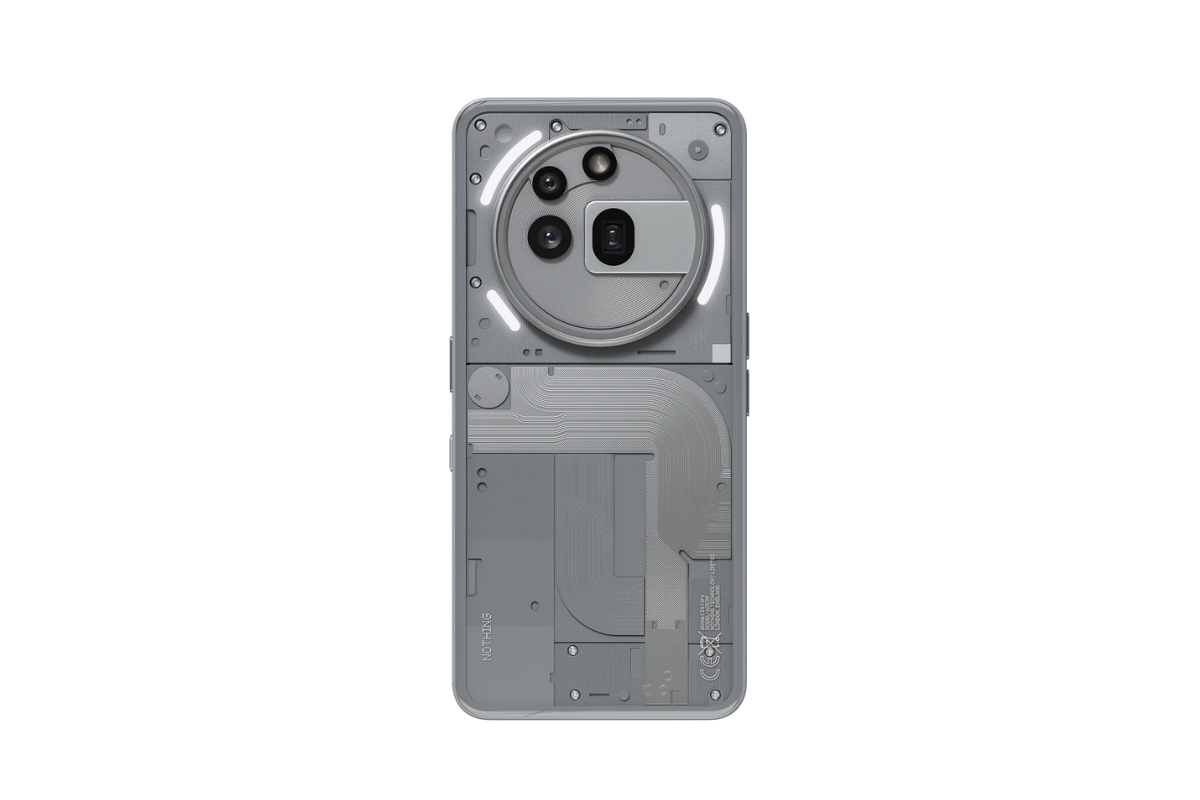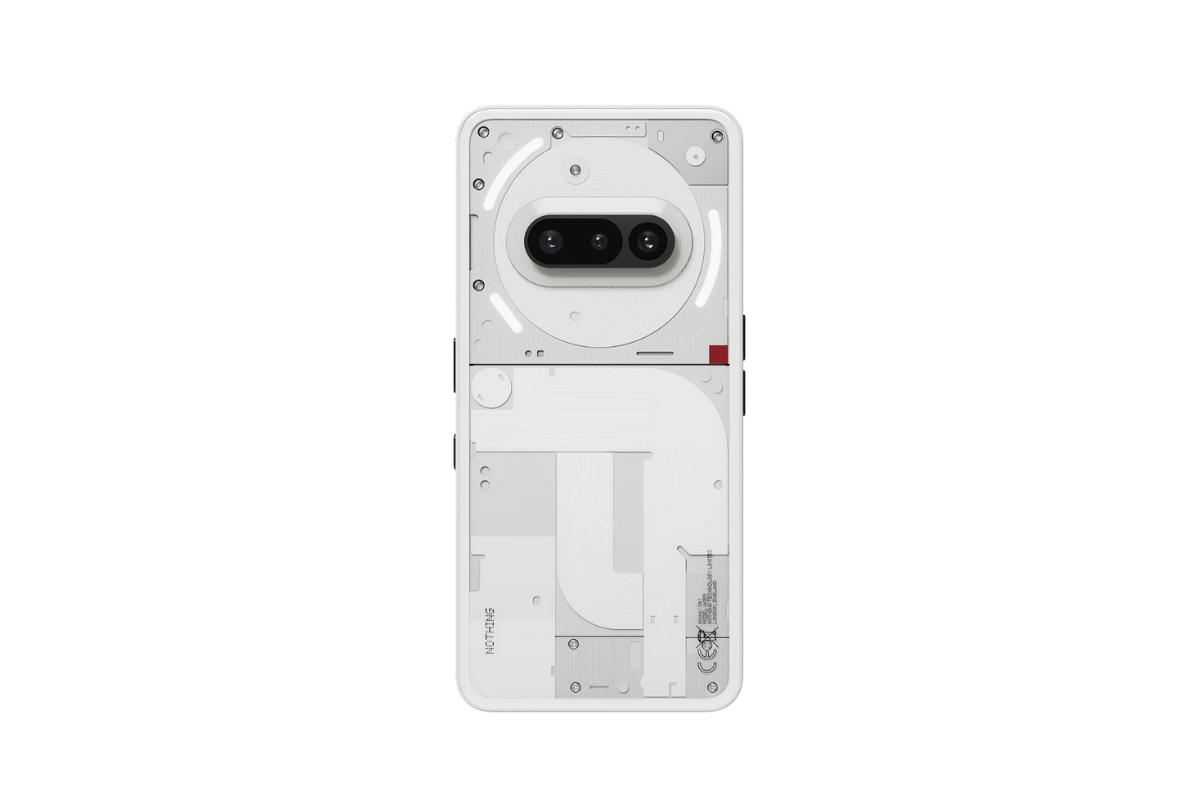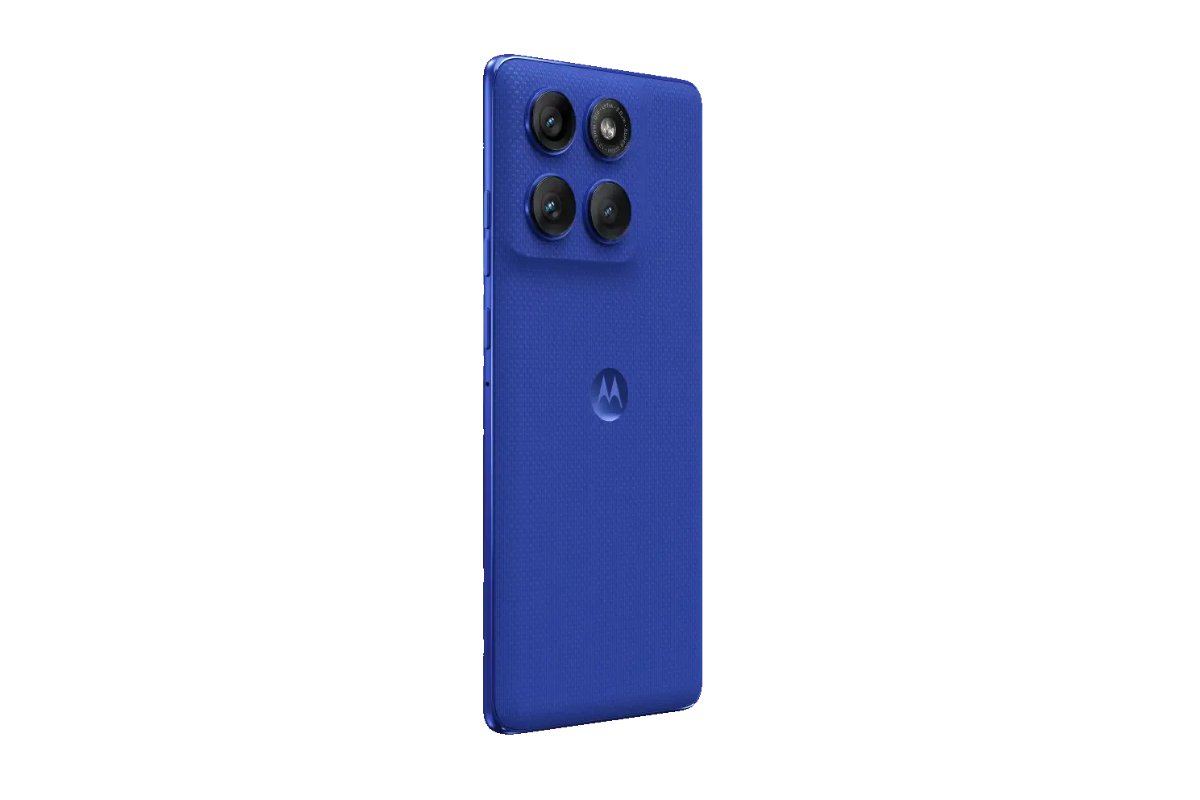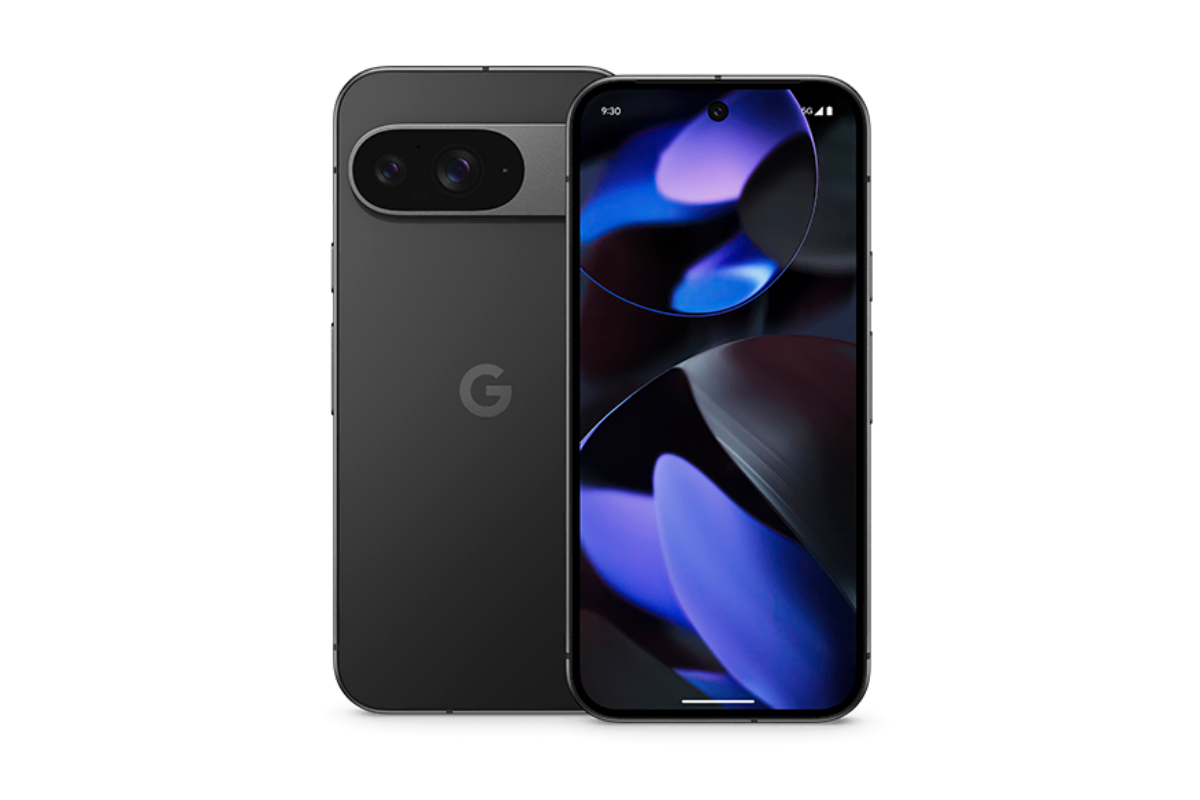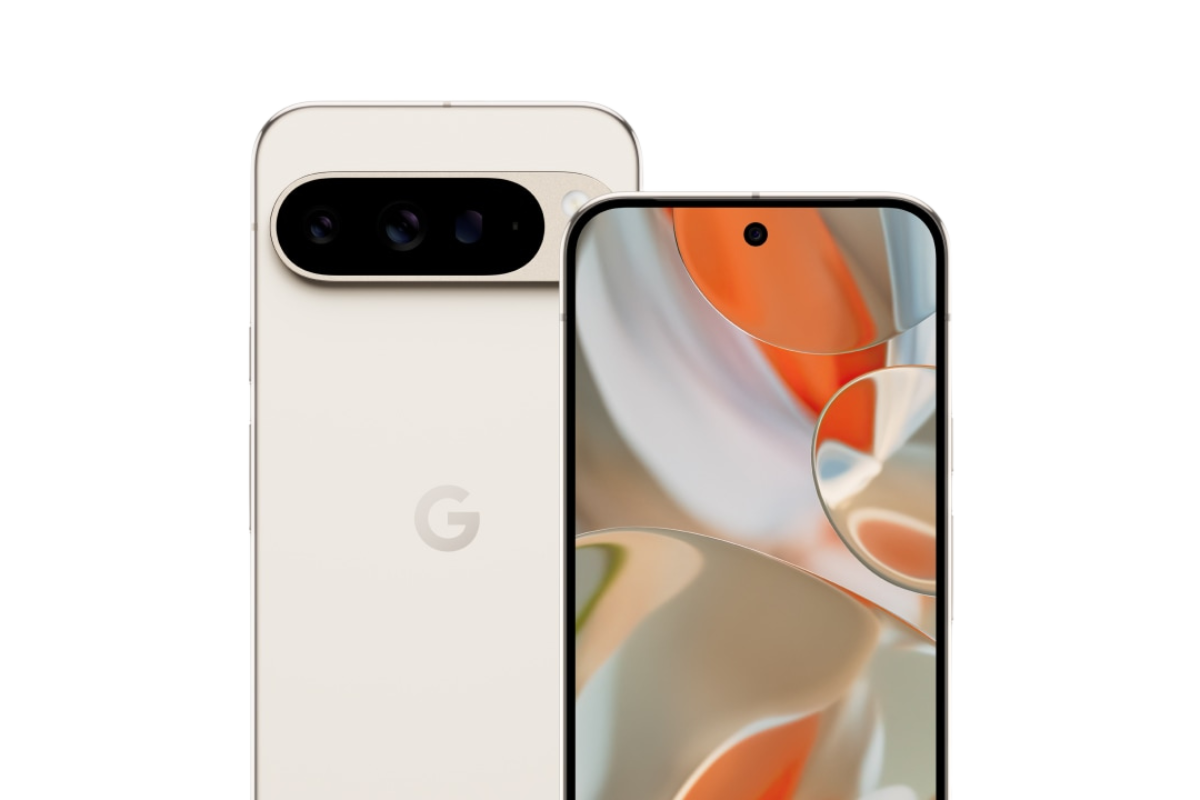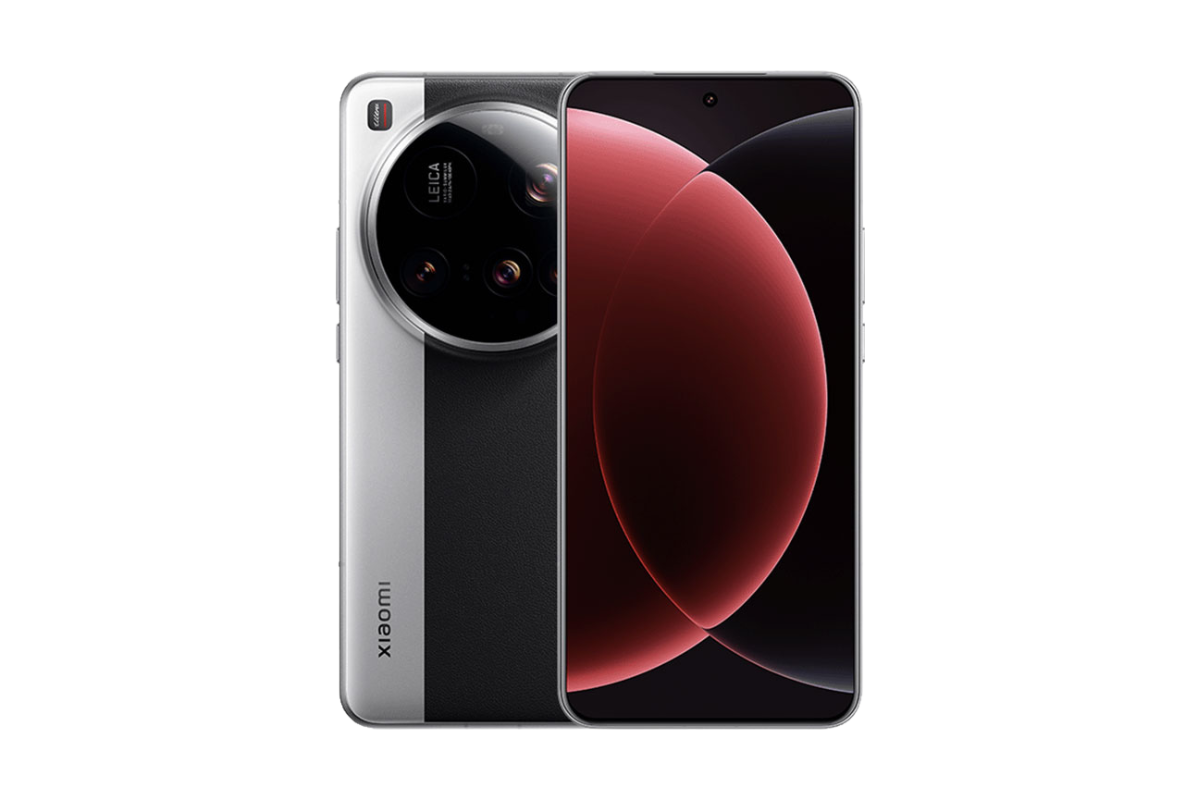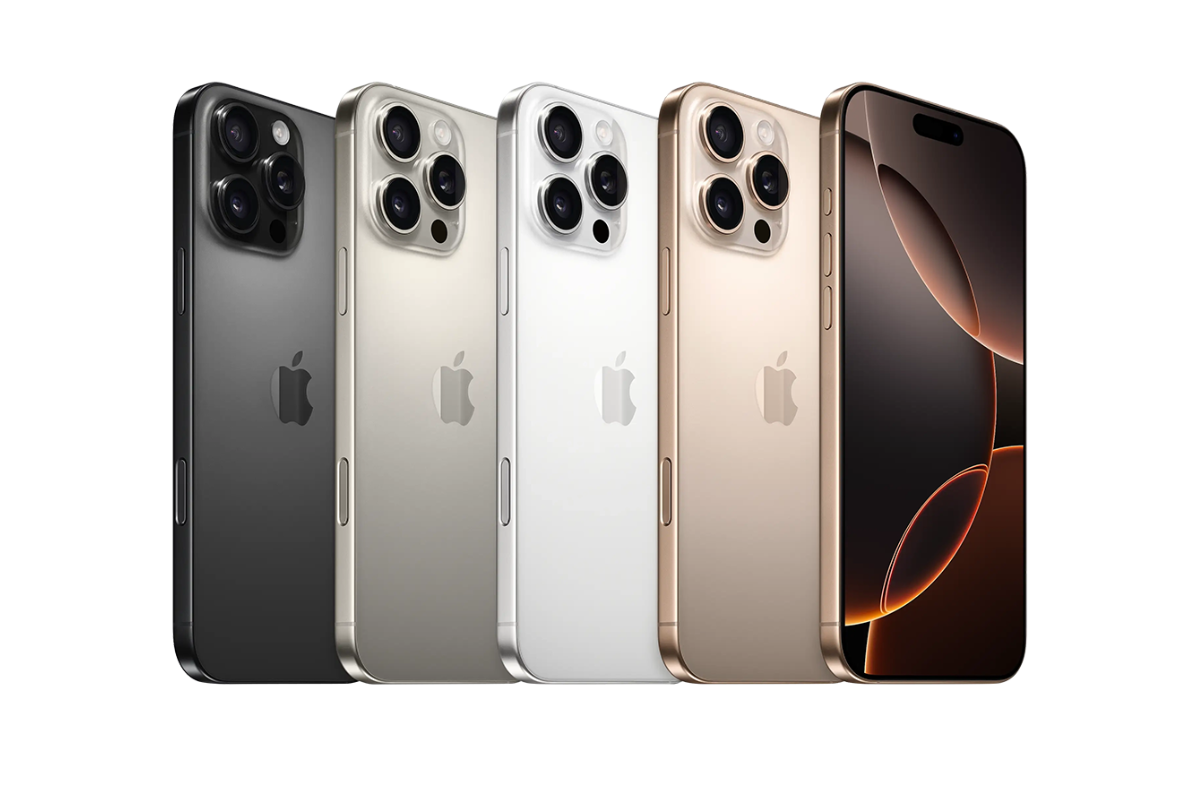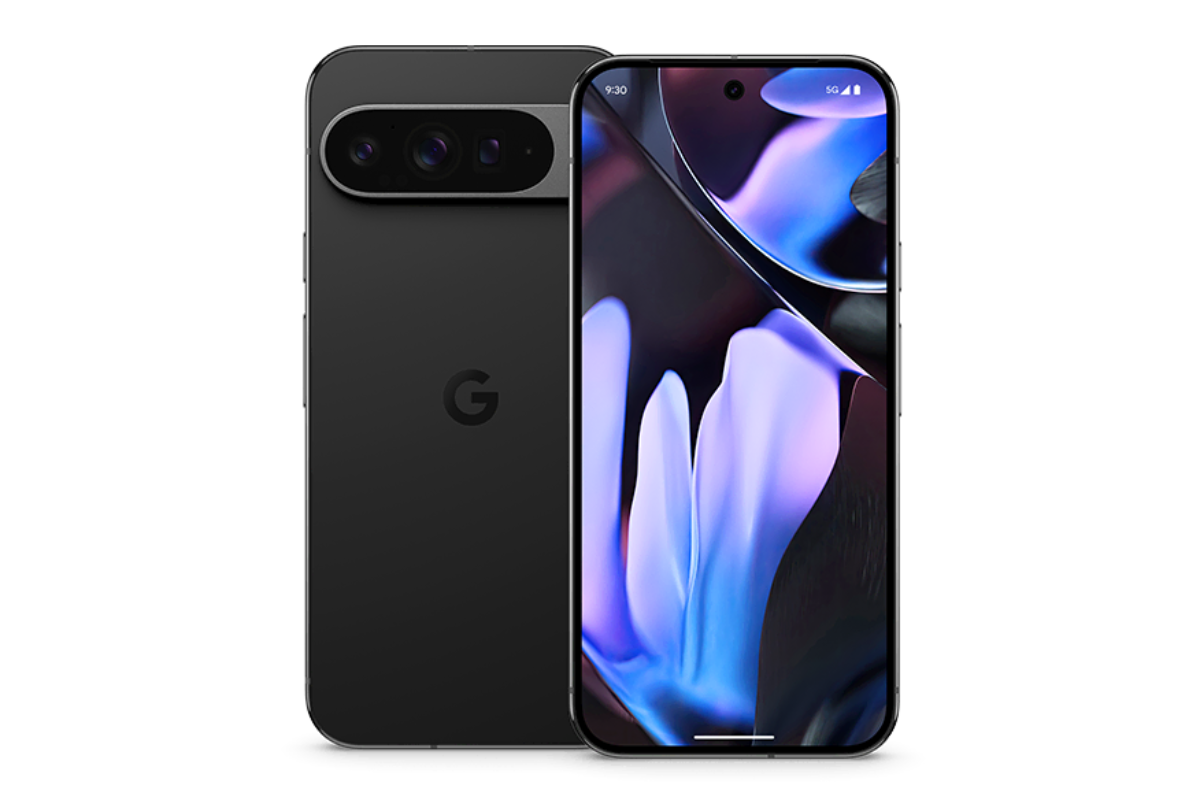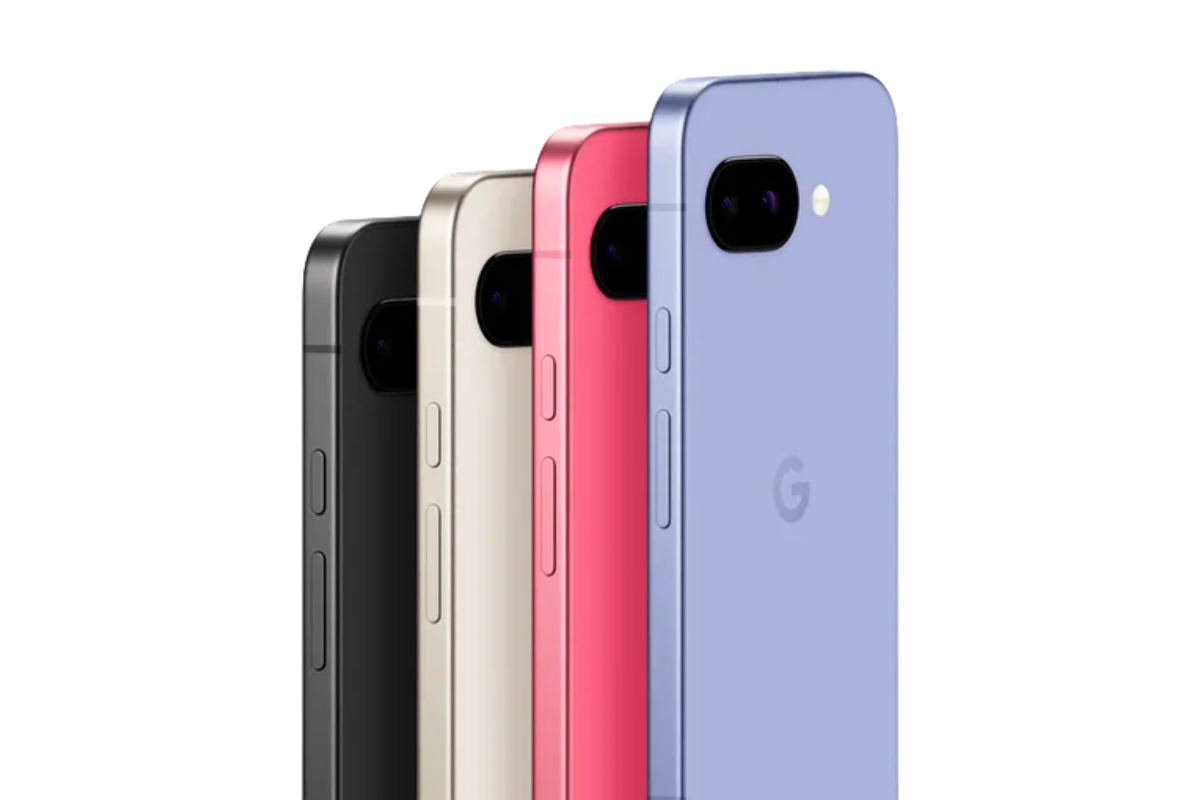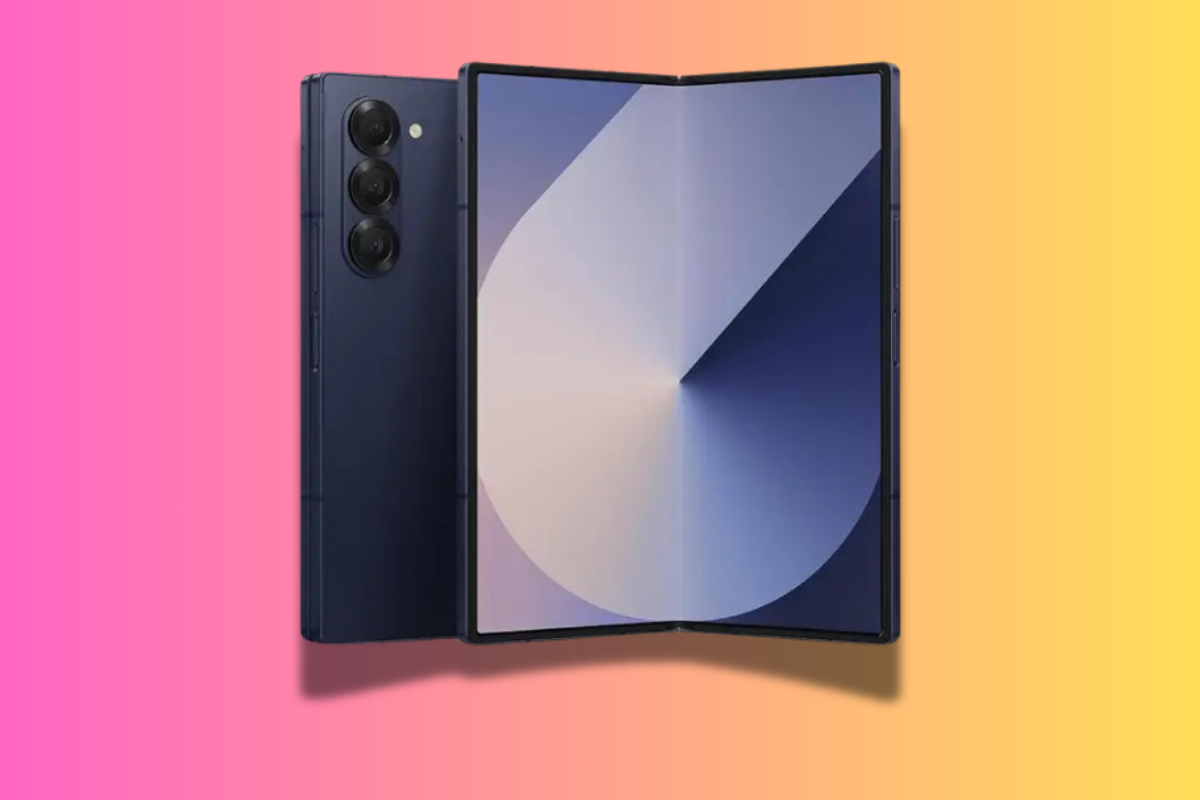iSIM cards will soon overtake both eSIM and traditional SIM cards. But what does iSIM stand for and how are iSIM cards different to traditional SIM cards and eSIMs? Let’s find out…
iSIM Key Takeaways
- iSIM Technology: Integrated SIM (iSIM) is a new technology that integrates the SIM card directly into the System on a Chip (SoC) of the device. It works like an eSIM, but the SIM card is now a part of the SoC rather than a separate chip on the device’s motherboard.
- First Commercially Deployable iSIM: Qualcomm’s flagship SoC, Snapdragon 8 Gen 2, is the world’s first SoC to come with commercially deployable iSIM technology. It is also the first SoC to get the iSIM technology certified with GSMA.
- Benefits of iSIM: iSIM offers several benefits over other types of SIM cards. It saves space on the device by integrating directly into the SoC, offers enhanced security as it cannot be removed or broken, uses less power as it draws power from the SoC itself, and can be a major factor in making standalone AIoT devices more popular.
- iSIM vs eSIM: The main difference between iSIM and eSIM is that while eSIM is a separate chip in the motherboard of the device, iSIM is integrated directly into the SoC of the device. This makes iSIM more space-efficient and secure than eSIM.
- Future of iSIM: While it’s currently unknown which devices will be the first ones to use iSIM, Qualcomm expects to ship more than 300 million devices with iSIM by 2027.
What Does iSIM Stand For?
The term “iSIM” stands for Integrated SIM. This is a new technology that integrates the SIM card directly into the System on a Chip (SoC) of a device. The SoC is a component that integrates essential elements such as the CPU, GPU, RAM, mobile radio, and more into a single chip.
With iSIM, the SIM card also becomes a part of the SoC.
iSIM Is Similar To eSIM, Just More Integrated

The iSIM technology functions similarly to an eSIM, but the SIM card is now a part of the SoC rather than a separate chip on the device’s motherboard. This integration enables devices to connect to a cellular network without needing a physical SIM card or a soldered eSIM in a printed circuit board (PCB).
Instead of using a separate physical SIM card, the iSIM technology embeds the SIM features directly into the device’s hardware, allowing it to connect to the cellular network.
Snapdragon 8 GEN 2 Supports iSIM
Qualcomm’s current flagship SoC, Snapdragon 8 Gen 2, is the world’s first SoC to come with commercially deployable iSIM technology. It was also the first SoC to get the iSIM technology certified with GSMA.
Qualcomm has talked about the new iSIM being fully compliant with the GSMA remote SIM provisioning standard. This means the subscriptions are remotely managed, similar to eSIM. Qualcomm developed this technology in collaboration with Thales Group.
The iSIM technology offers several benefits over other types of SIM cards. It saves space on a device by eliminating the need for a separate chip on the motherboard for the SIM. This allows for better optimization of internal space, freeing up the area for more useful components and reducing the device’s size.
Benefits of iSIM
The smaller sizes will be much more beneficial for devices such as smartwatches, smart glasses, and standalone VR and AR headsets.
The iSIM is also more secure and tamper-resistant than eSIM as it is integrated directly into the device’s SoC. It doesn’t use much power as it draws the power from the SoC itself, unlike eSIM and physical SIM, which requires a separate microprocessor to function.
This can have major implications for extremely low-power devices like smartwatches and other internet-connected, super portable gadgets and gizmos.
However, as of right now, eSIM is currently the dominant standard, both in the UK, Europe, and the USA. Apple, Google, Samsung, and basically all the other major phone manufacturers have now adopted eSIM, so forcing a switch over to iSIM en masse is going to be tricky.
Qualcomm will likely be able to convince all of its Android clients to make the switch, eventually, but Apple — the company designs its own SoCs — will likely stick with eSIM for the foreseeable.

